Content

Advanced domestic wastewater treatment technology by Toan A JSC
Update: 14/08/2024
Share:




I. Characteristics of Domestic Wastewater
Domestic wastewater is formed from the daily activities of humans, including bathing, washing, cooking, and sanitation. The origin of domestic wastewater mainly comes from households, residential areas, restaurants, hotels, and public facilities.
Domestic wastewater contains various types of substances, including:
- Suspended solids: Including sand particles, sludge, and organic matter suspended in water. These substances can cloud the water and clog the drainage system.
- Organic matter: Organic compounds such as proteins, carbohydrates, and fats from food. These are a source of nutrients for microorganisms, can cause anaerobic decomposition and produce foul odors.
- Nutrients: Mainly nitrogen and phosphorus from manure and urine. The excess of these substances can cause eutrophication, reduce oxygen in water, and affect aquatic organisms.
- Microorganisms: Including bacteria, viruses, and parasites that can cause diseases if not effectively treated.
- Heavy metals: Some wastewater may contain heavy metals such as lead, mercury from household products or cosmetics.
II. Negative Impacts of Untreated Domestic Wastewater
Thousands of cubic meters of untreated wastewater are discharged directly into rivers, lakes, and canals every day, posing an alarming situation for the environment and human health. Improperly treated domestic wastewater can have many negative impacts such as:
- Water source pollution: Pollutants in wastewater can infiltrate groundwater and surface water, affecting the quality of drinking water and the ecosystem.
- Health risks: Bacteria and viruses in wastewater can cause infectious diseases such as diarrhea, hepatitis, and intestinal infections.
- Eutrophication risk: The accumulation of nutrients can lead to eutrophication, causing algae blooms and reducing oxygen levels in water, affecting aquatic life.
III. Common Methods of Treating Domestic Wastewater Today
With the advancement of science and technology, more and more treatment methods have been implemented to minimize the risks and negative impacts of domestic wastewater on the environment and human health. The most common methods today include:
1. Mechanical Treatment Methods
This is the first and most basic step in domestic wastewater treatment, helping to remove large solids and insoluble impurities. This method includes the following equipment components:
- Bar screens: Used to remove large objects such as paper, plastic, and leaves from wastewater. This is the first step in the domestic wastewater treatment system, protecting subsequent equipment from clogging.
- Sedimentation tanks: Use gravity to separate suspended solids from wastewater. These solids settle to the bottom of the tank and are removed periodically. Sedimentation tanks can be designed as horizontal or vertical tanks.
- Sand filters: Wastewater is filtered through a layer of sand to remove remaining small particles after the sedimentation process. Sand filters improve the clarity of water before entering the next treatment stages.
2. Chemical Treatment Methods
This method applies chemical reactions to remove or transform pollutants in domestic wastewater into less harmful substances, usually carried out in the following steps:
- Neutralization: The process of adjusting the pH of wastewater to achieve neutrality, usually using chemicals such as acids or bases. This process helps protect the biological treatment system from the effects of inappropriate pH.
- Chemical precipitation: Using reagents such as alum or iron to increase the size of precipitates, making them easier to settle, thereby removing heavy metals and phosphorus from wastewater. This process helps minimize metal pollution and protect natural water sources.
- Disinfection: Using disinfectants such as chlorine, ozone, or ultraviolet light (UV) to destroy harmful microorganisms in wastewater, ensuring safety for human health and the environment.
3. Biological Treatment Methods
This method uses microorganisms to decompose organic matter in wastewater. This is the most effective and common method in domestic wastewater treatment today. This method includes the following components:
- Aeration tank: Uses aerobic microorganisms to decompose organic matter in oxygen-rich conditions. Aeration systems such as Aerotank, SBR (Sequencing Batch Reactor), and MBBR (Moving Bed Biofilm Reactor) are effective solutions in domestic wastewater treatment.
.webp)
- Anaerobic tank: Uses anaerobic microorganisms to decompose complex organic compounds in oxygen-free conditions, producing biogas such as methane. The UASB (Upflow Anaerobic Sludge Blanket) technology is a typical example.
- Membrane Bioreactor (MBR) technology: Combines biological treatment and membrane filtration to remove pollutants and microorganisms, producing high-quality treated wastewater.
4. Advanced Treatment Methods
In addition to traditional methods, many advanced technologies are now being applied to enhance the efficiency of wastewater treatment. Examples include:
- Reverse Osmosis (RO) technology: Uses membranes with the ability to remove almost all pollutants, including salts and heavy metals, providing high-quality clean water.
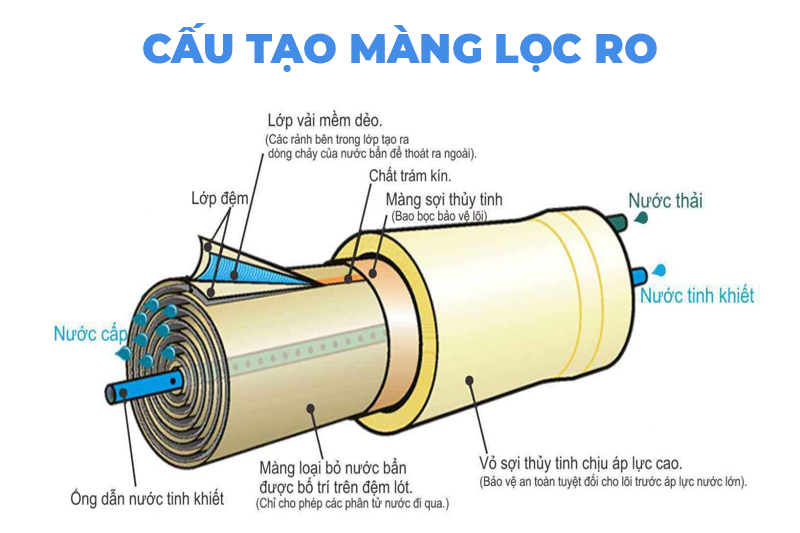
- Adsorption technology: Uses adsorbent materials such as activated carbon to remove organic pollutants and heavy metals from wastewater, improving the quality of the treated water.
- Advanced Oxidation Processes (AOPs): Uses strong oxidizing agents to destroy complex organic compounds and hazardous pollutants, helping wastewater meet safety standards.
IV. Toàn Á JSC's Advanced Domestic Wastewater Treatment Technology Process
Each of the above-mentioned domestic wastewater treatment methods has its own advantages and limitations. With 21 years of experience in water treatment and having implemented thousands of projects, large and small, nationwide, Toàn Á JSC has researched and developed a domestic wastewater treatment process that complies with QCVN14-2008/BTNMT standards while integrating advanced technologies that are flexible and suitable for various models.
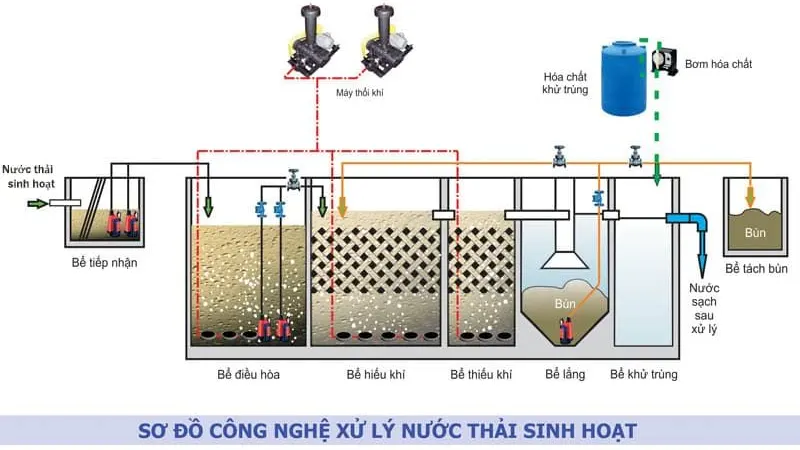
1. Oil-Grease Separation Tank and Septic Tank
Domestic wastewater is typically divided into two types, including human and animal waste and wastewater from other domestic activities such as bathing, household sanitation, and cooking. These two types are collected in separate tanks. Specifically:
- Oil-grease separation tank: Wastewater from the kitchen containing a lot of oil-grease and suspended solids is directed to this tank. Here, the system uses gravity separation to remove the oil-grease. Due to the difference in specific gravity between water and oil, the oil-grease floats to the top and is periodically skimmed off.
- Septic tank: Domestic wastewater is directed to the septic tank, where heavy solids settle to the bottom, and light substances float to the surface. The gravitational settling process here helps remove insoluble solids. The septic tank also acts as an anaerobic digestion tank, where microorganisms decompose organic matter into sludge.
After the separation of oil-grease and solids, the wastewater is pumped to the equalization tank.
2. Equalization Tank
Wastewater is directed to the equalization tank to regulate flow rate and pollutant concentration, stabilizing the subsequent treatment processes. The equalization tank is usually equipped with a mixer to homogenize the wastewater, ensuring treatment efficiency in the next steps.
3. Aeration Tank
Wastewater is pumped from the equalization tank to the aeration tank to begin biological treatment. In this tank, the MBBR (Moving Bed Biofilm Reactor) technology is applied, using moving biofilm carriers with a circular or parabolic shape to enhance the nitrate denitrification process, with a high concentration of microorganisms focusing on these carriers. Nitrate-consuming microorganisms will thrive to convert nitrate to N2 and release it from the wastewater environment. The MBBR technology helps effectively treat BOD and COD, increasing by 1.5 - 2 times compared to a normal aerobic biological tank.
4. Aerotank
This is the main biological treatment tank, where wastewater is supplied with oxygen through an aeration system to allow aerobic microorganisms to decompose organic matter (mostly dissolved organic matter). These microorganisms convert organic matter into CO2 and water, while also developing biomass (activated sludge), aiding in more efficient sludge settling.
After treatment in the Aerotank, most of the organic matter in the wastewater is removed. Subsequently, the wastewater is transferred out of the aeration tank and passed through a secondary settling tank to carry out the water and sludge separation process.
5. Settling Equipment
The wastewater, after biological treatment, is directed to settling equipment to separate activated sludge from water. The gravitational settling process separates sludge from wastewater, and the sludge is either recycled back to the aerotank or discharged when necessary.
6. Sludge Holding Tank
The settled sludge from the settling equipment is directed to a sludge holding tank for treatment and storage before disposal. The sludge holding tank may use anaerobic or chemical processes to stabilize the sludge, minimize odors, and reduce sludge volume.
7. Disinfection
Wastewater, after passing through the settling equipment, needs to be disinfected to kill disease-causing microorganisms before being discharged into the environment. Using chemicals such as chlorine or more advanced technologies like ozone or ultraviolet light (UV) for wastewater disinfection.
8. Discharge
Wastewater, after going through all treatment steps, meets the QCVN 14:2008/BTNMT discharge standards and is discharged into the receiving source.
V. Toàn Á JSC - Reliable and Cost-Effective Design and Construction of Domestic Wastewater Treatment Systems
With 21 years of experience in water treatment, Toàn Á JSC has implemented several notable projects:
- Domestic wastewater treatment system for a building in Giảng Võ, Ba Đình, Hanoi for Hoà Bình Company with a processing capacity of 300m3/day-night.
- Domestic wastewater treatment system for Katolec Vietnam Co., Ltd. in Mê Linh with a capacity of 60m3/day-night.
- Domestic wastewater treatment system using AO technology, with a capacity of 10m3/day-night for Linh Trung ES Co., Ltd. in Hưng Yên.
With a team of highly skilled experts and experienced technicians, Toàn Á JSC confidently affirms itself as one of the units capable of producing and installing modern and efficient domestic wastewater treatment systems, with the most advanced technologies today, while optimizing costs for investors.
Applying methods and technologies for domestic wastewater treatment not only helps protect the environment but also ensures the health of the community. Choosing the right treatment solution with Toàn Á JSC will help organizations, businesses, and enterprises comply with legal regulations, contributing to building a sustainable and safe living environment.
- Zalo: 0913.543.469
- Projects: 0913.543.469
- Hotline North: 0822.211.666
- Hotline South: 0822.212.666
- Messenger: https://www.facebook.com/toanajsc
Update: 14/08/2024
Share:




Related news
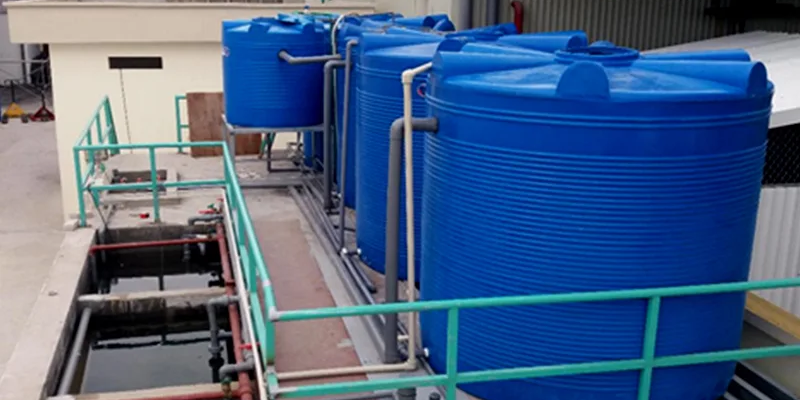
Effective Pharmaceutical Wastewater Treatment Solutions from Toan A JSC
Created at: 04/09/2024

Optimal Solution for Medical Wastewater Treatment from Toan A JSC
Created at: 04/09/2024
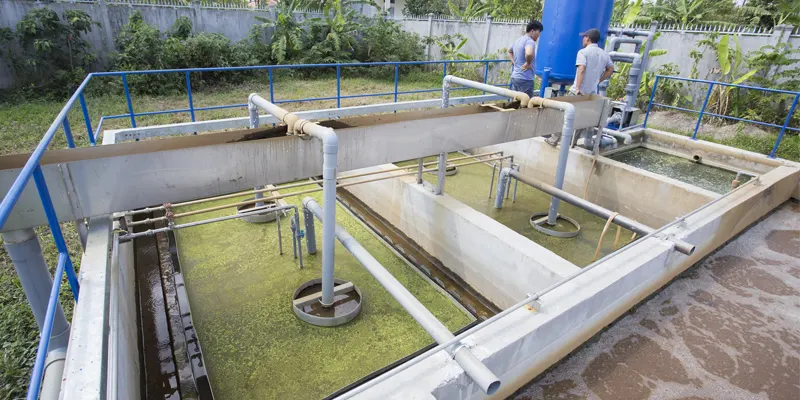
Advanced domestic wastewater treatment technology by Toan A JSC
Domestic wastewater is one of the largest sources of pollution to the environment if not treated properly. In Vietnam, besides individual households, urban areas, apartment buildings, restaurants, hotels, and service establishments are required to comply with the treatment of domestic wastewater according to the QCVN 14:2008 standard set by the Ministry of Natural Resources and Environment to ensure environmental safety and human health. Currently, there are many methods for treating domestic wastewater, each with its own characteristics and specific applications, suitable for different types of wastewater and specific requirements. Let's explore this issue further with Toan A JSC in the following article!
Created at: 14/08/2024






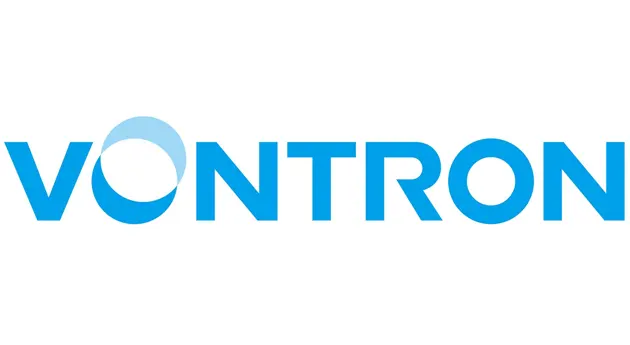
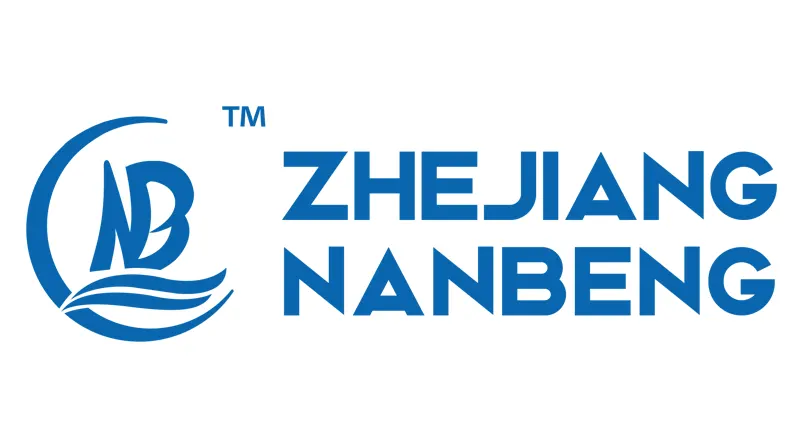


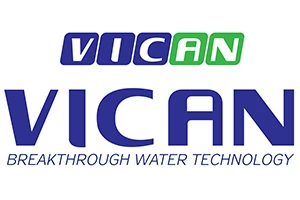






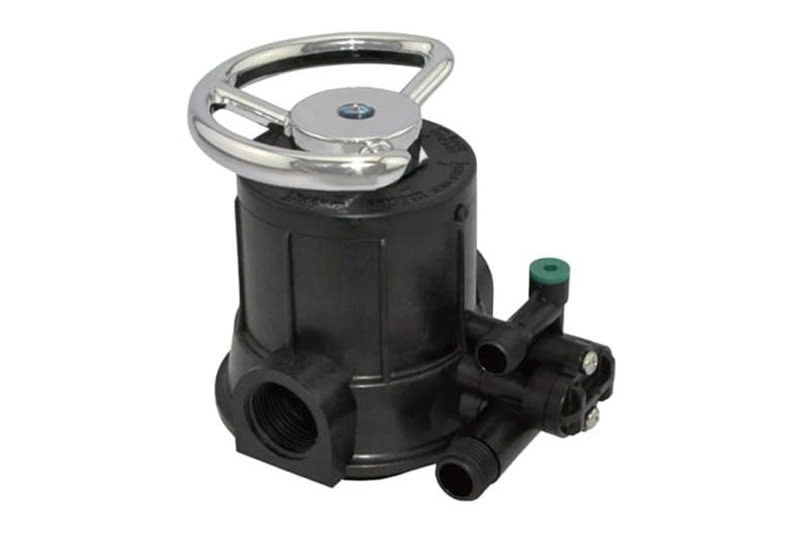
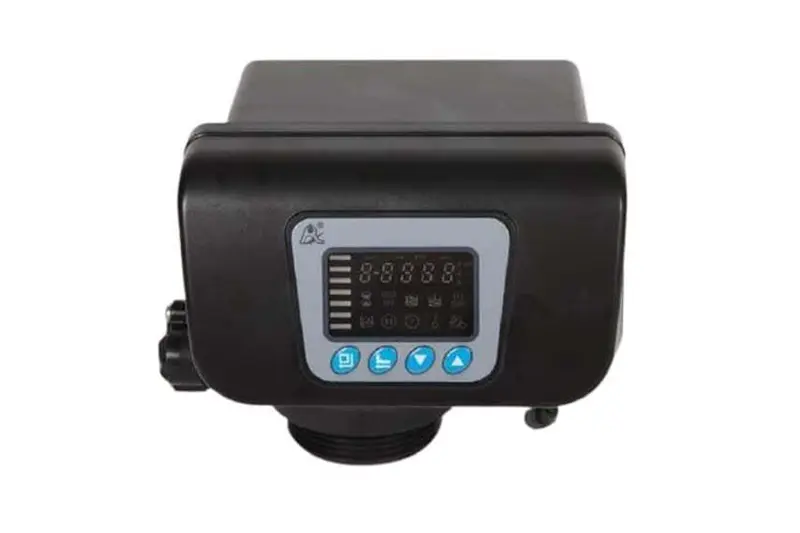




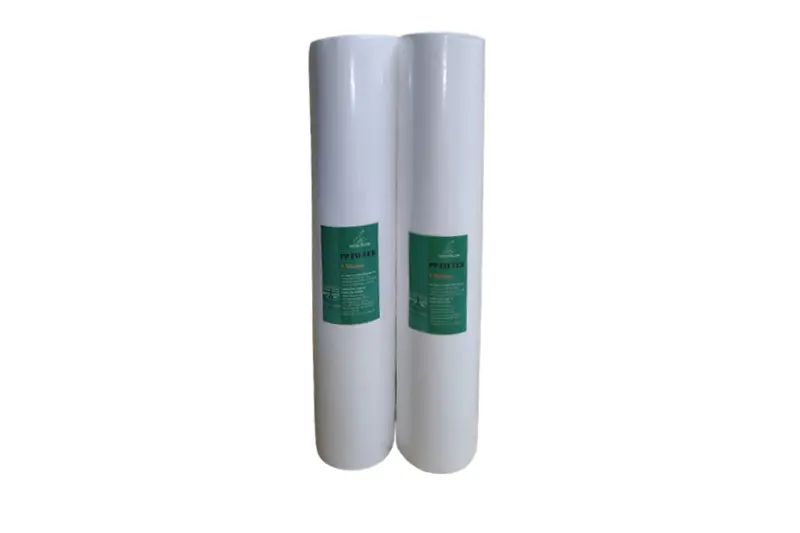



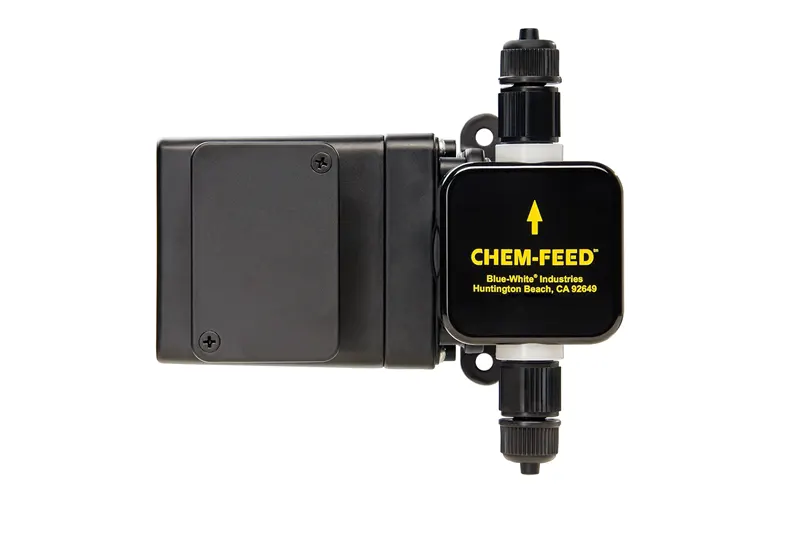
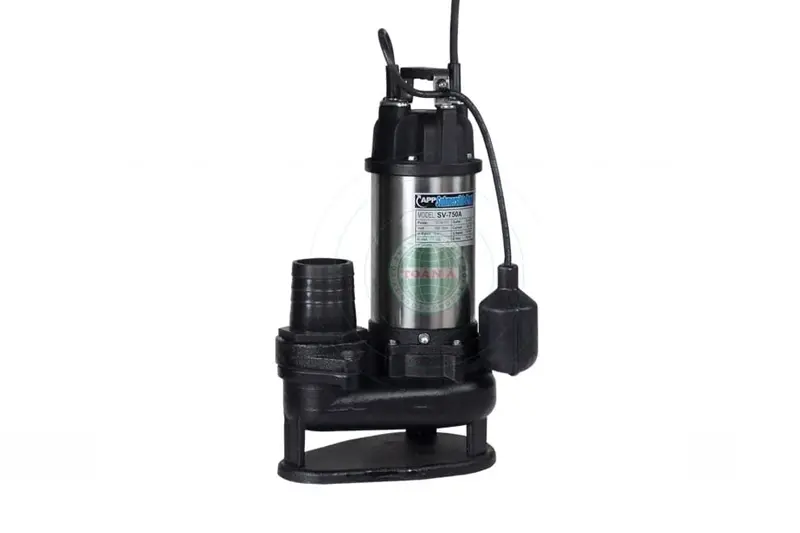



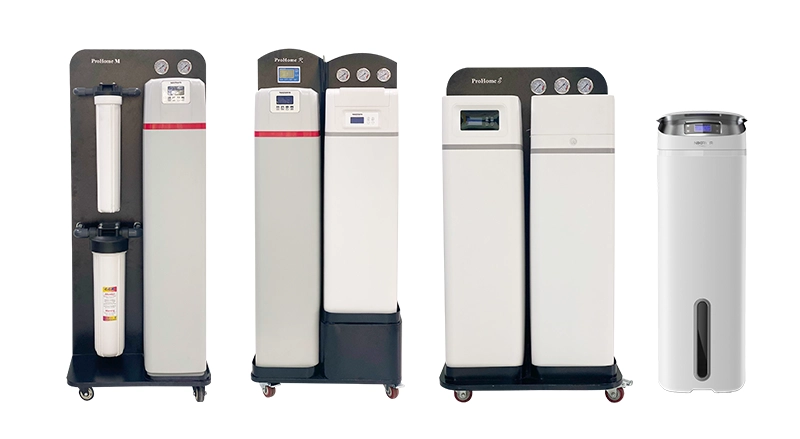
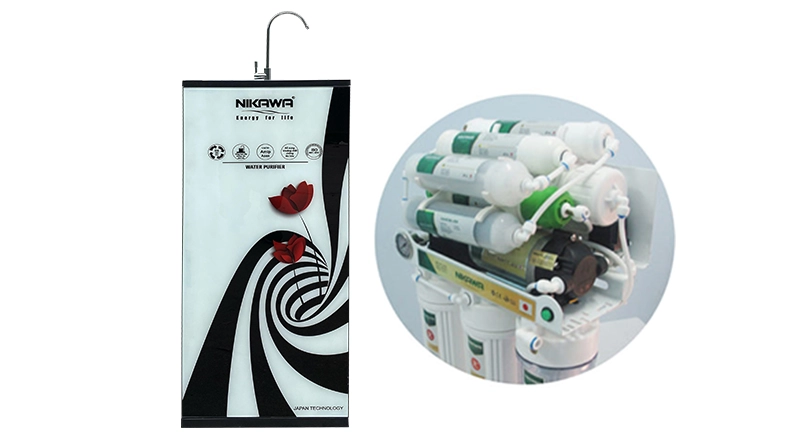
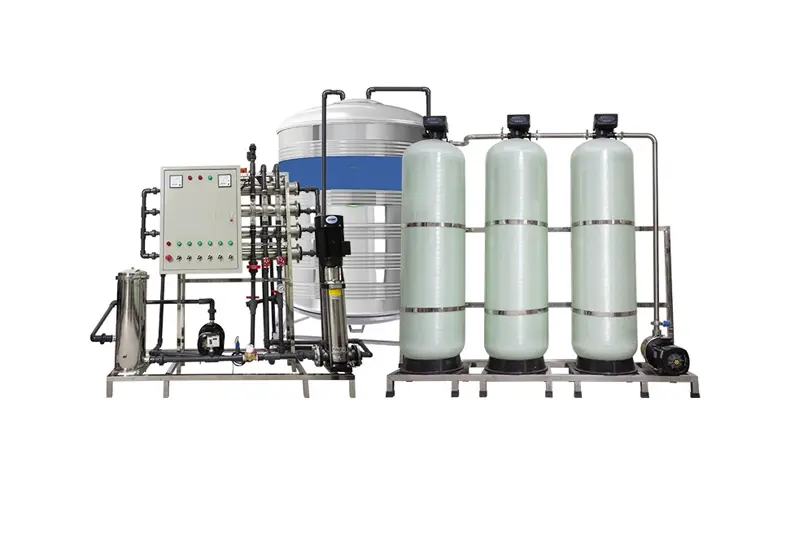
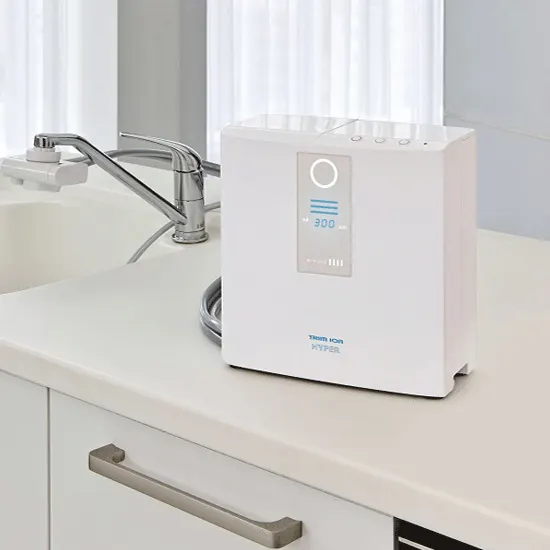
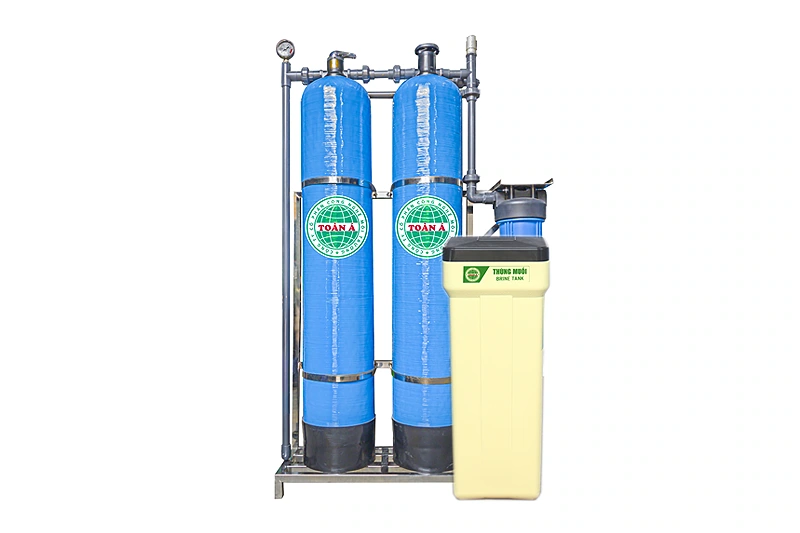


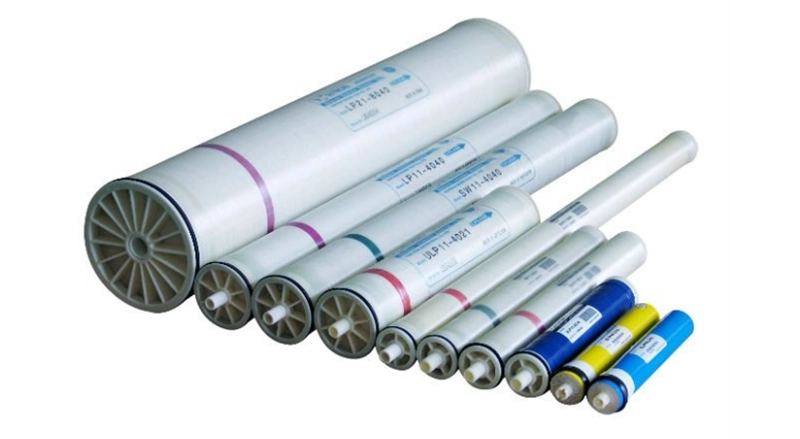
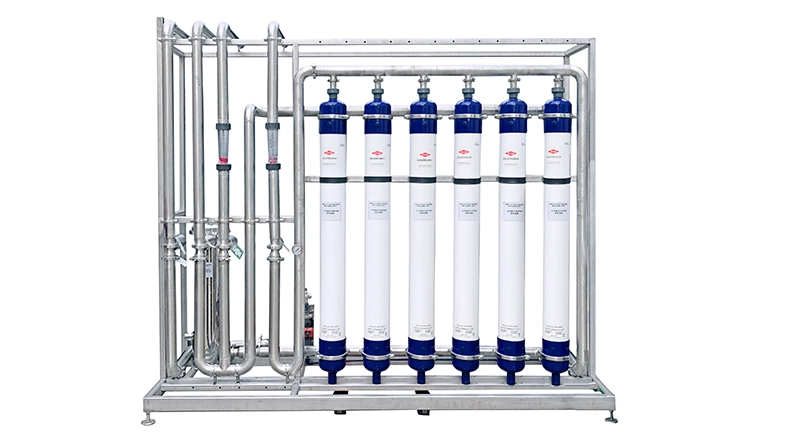


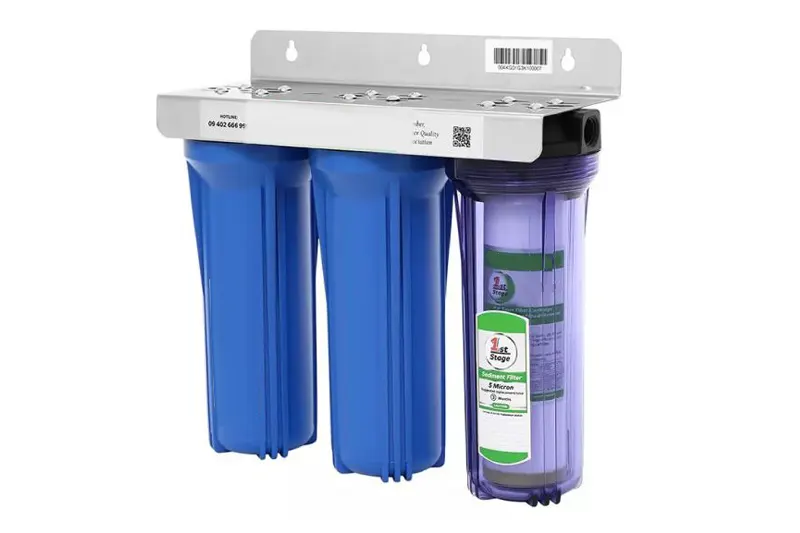

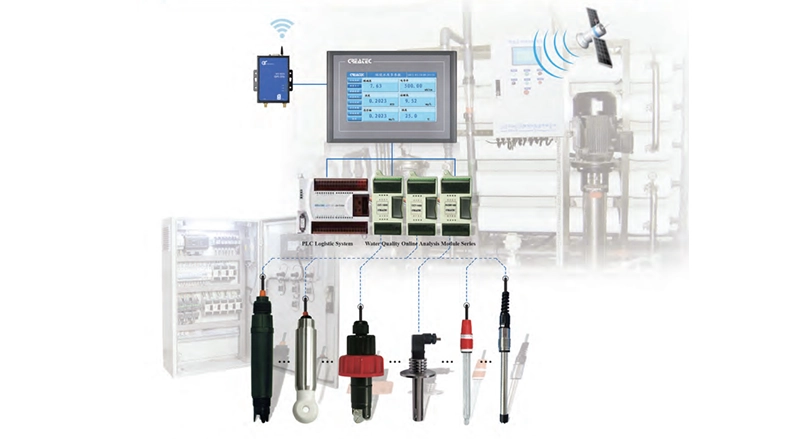
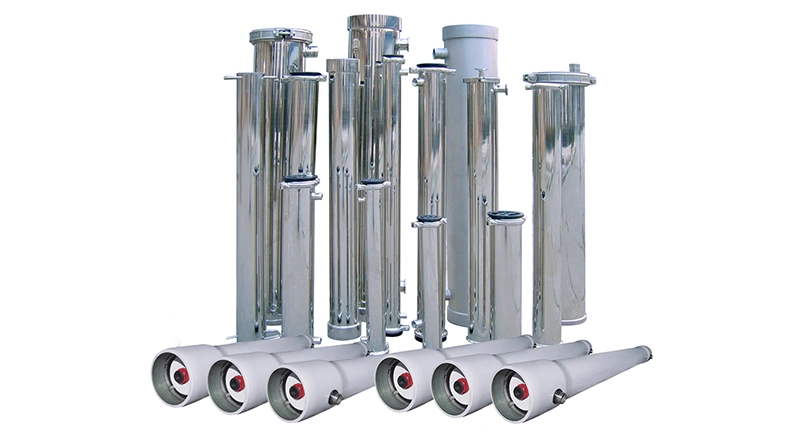
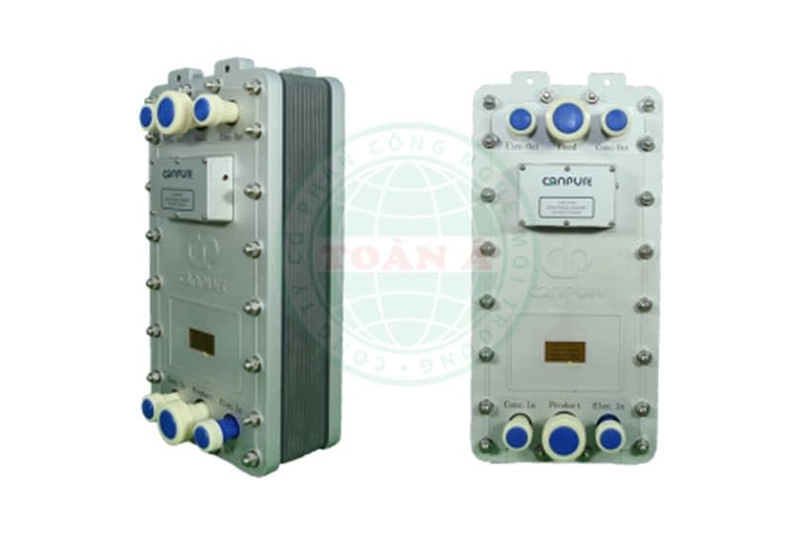
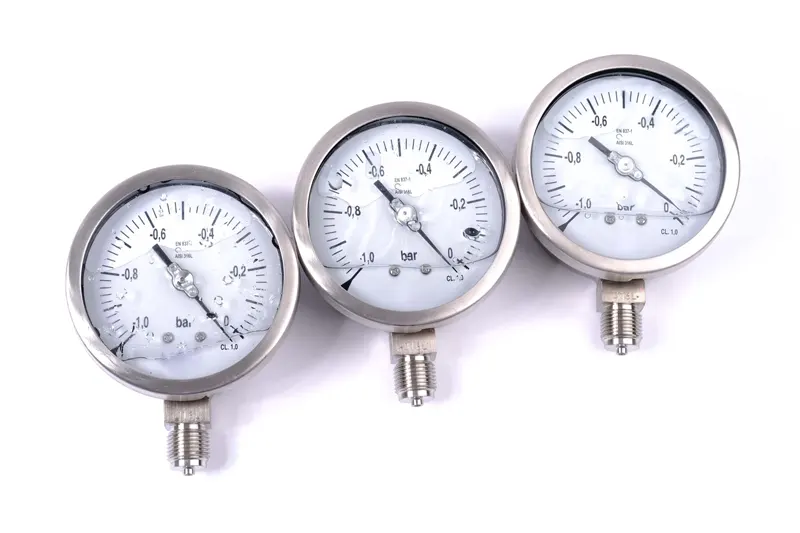
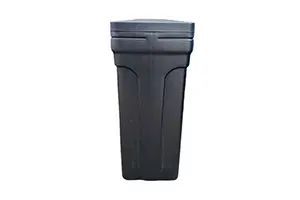


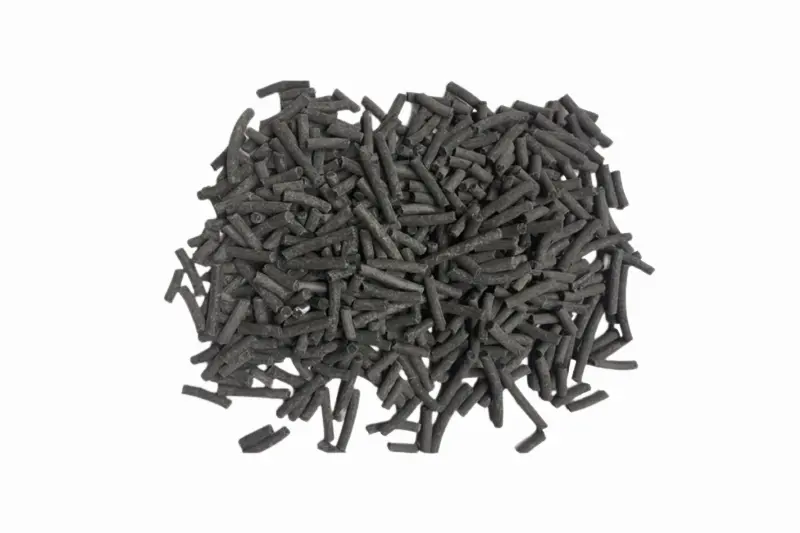
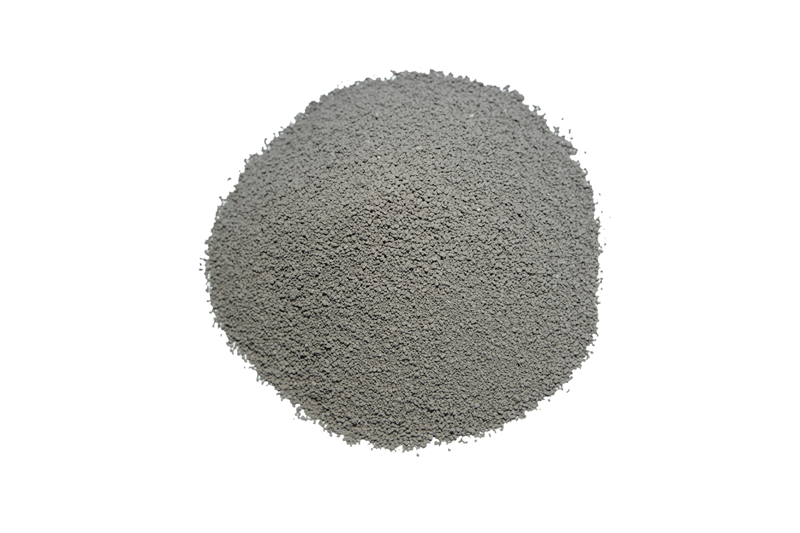
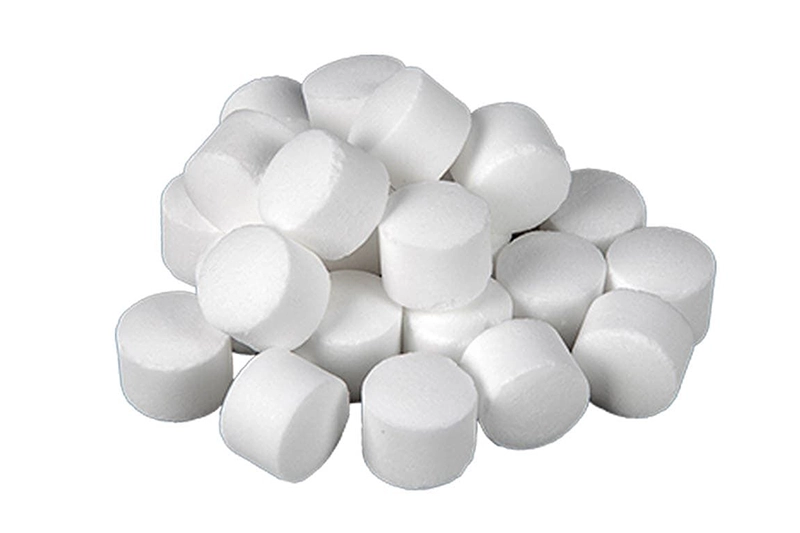
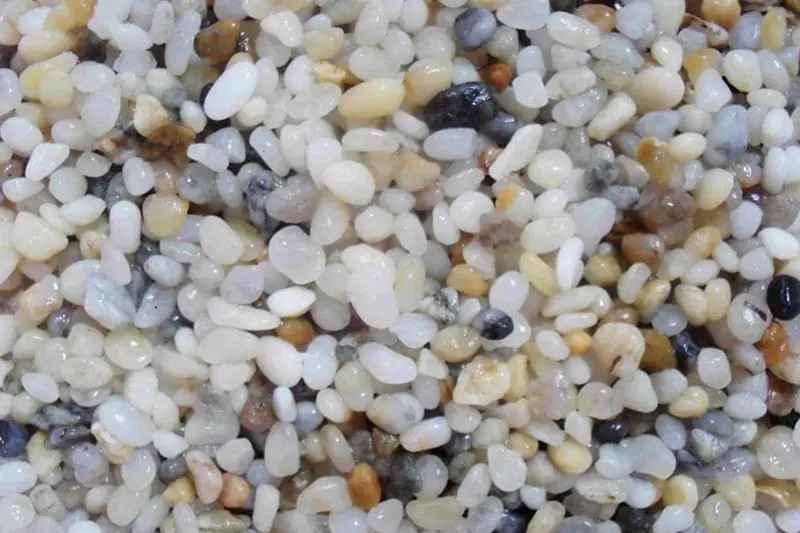
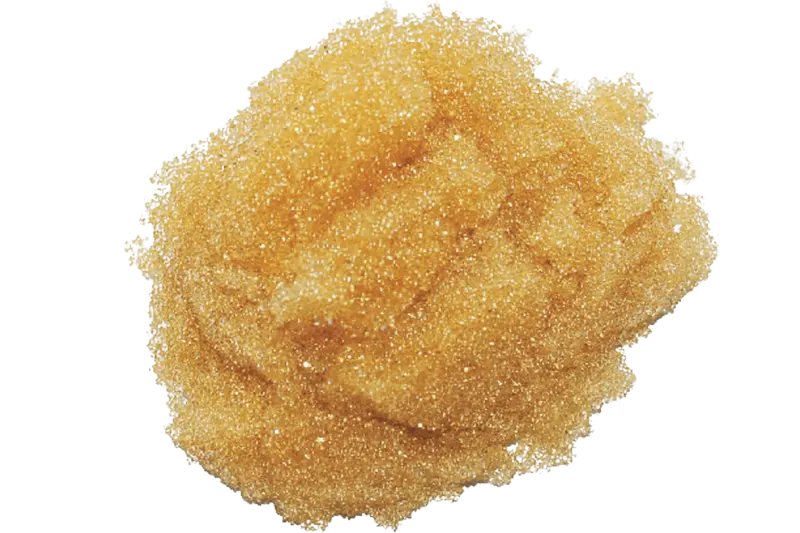





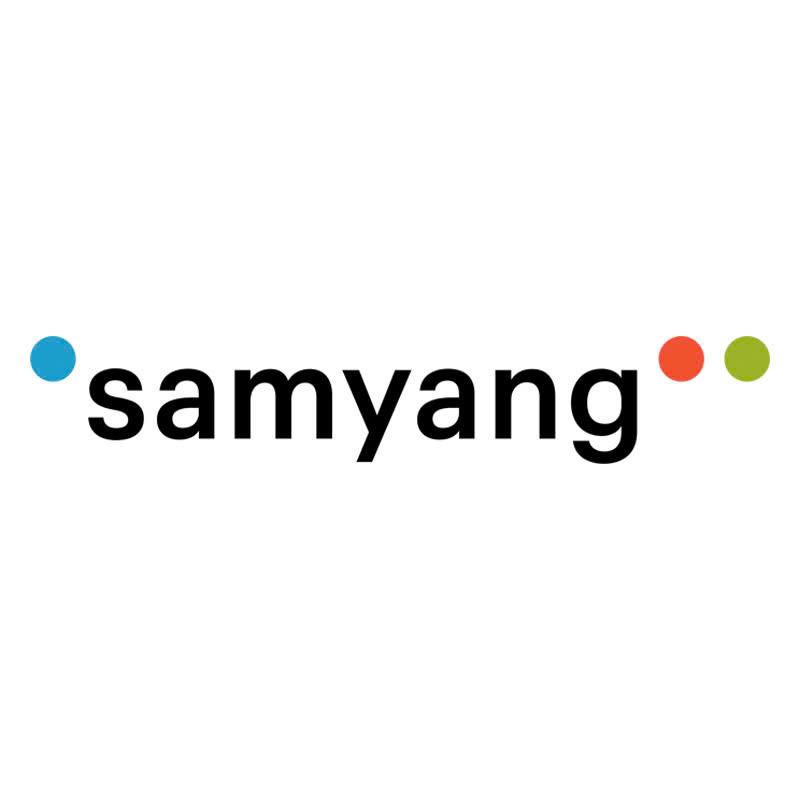
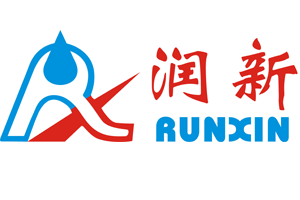

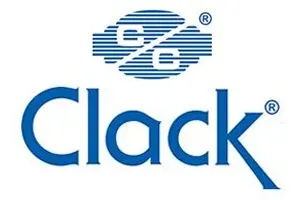
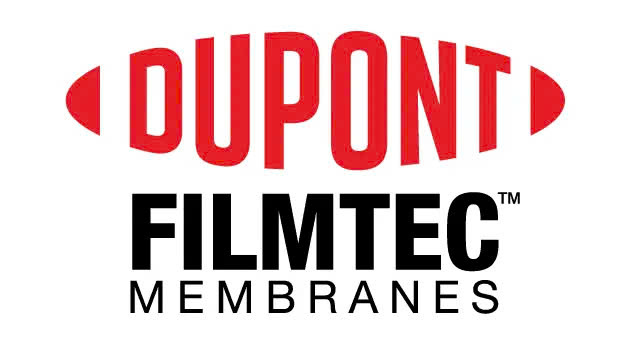
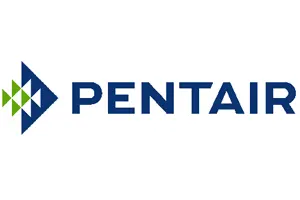
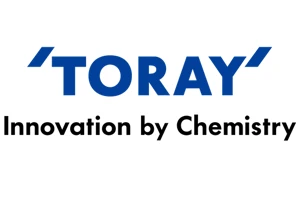

 Water Filter Columns
Water Filter Columns
 Water Filtration Membranes
Water Filtration Membranes
 Control Valves
Control Valves
 Water Filter Cartridges
Water Filter Cartridges
 Water Pumps
Water Pumps
 Water Filtration Equipment
Water Filtration Equipment
 Water Filtration Components
Water Filtration Components
 Water Filtration Materials
Water Filtration Materials
 Heat Pump Water Heaters
Heat Pump Water Heaters



 Products
Products  Solutions
Solutions  Project
Project  News
News